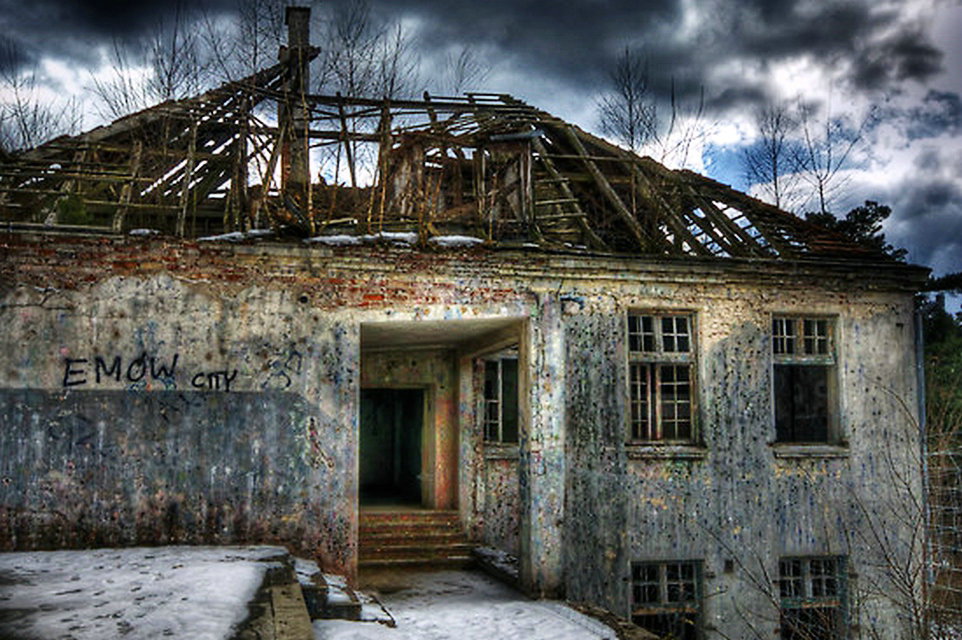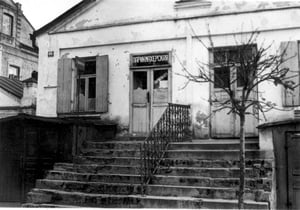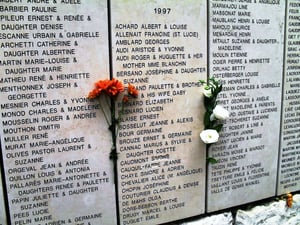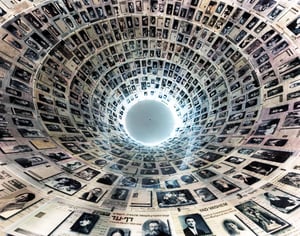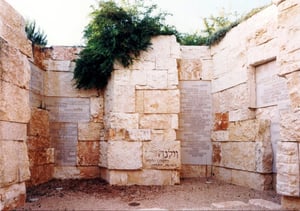“A time to heal” The Story of the Children’s Home in Otwock, Poland
Approximately one and a half million of the six million Jews murdered in the Holocaust were children. The number of children who survived is estimated in the thousands. Some children were able to escape by hiding, finding shelter wherever possible, constantly in fear of being discovered and dependent on the occasional good will of strangers. Other children survived by concealing their identities, facing constant fear and danger, where a wrong word could lead to discovery and death. Liberation did not end their suffering as most had no home to return to, no family to take them in. Special children’s homes were set up to meet the tremendous physical and emotional needs of these children. One of these homes was in Otwock, Poland.
“A Time to Heal” focuses on the children’s experiences from their arrival at the home in Otwock through the difficult and often painful process of healing and rehabilitation. The film and photographs, the stories and testimonies that comprise this exhibition tell the story of how the children of Otwock, with the love and guidance of the devoted staff of the home, learned to laugh, to play, to create, to trust, and ultimately- to hope.
Roma Robak was hidden in a village as a Polish child. She witnessed her mother being murdered after coming to visit her. Roma was eight years old when she was brought to Otwock.
“For each of us a stay in the Children’s Home was like a new beginning – a reentry into life.”
By June 1945 approximately 130 child survivors were living in the home. Most of the educators and staff were also Holocaust survivors, who saw in their work a sense of mission and destiny, an answer to the loss they had experienced in the Holocaust.
At the end of 1949 there were only 52 children remaining in the home and it was officially closed.
The process of arrival and absorption in the children’s home in Otwock was a complicated and often difficult one. In general, the children arrived in depleted physical and emotional states. They were often infested with lice, posing a major challenge to the staff of the home. Each child’s head was completely shaved and their clothes were taken away.
Living in extreme conditions while in hiding, many of the children were dangerously weak and sick. One of the first priorities of the staff was to restore their health and ensure that the children received proper medical care.
In Otwock, the child survivors encountered, many for the first time, children who had endured experiences similar to theirs. For some of the children who had been in hiding, these were the first children they met with whom they could interact, play and become friends. Others, who had survived the war living under an assumed identity, could finally open up and relate to others without having to worry about revealing their true identity.
The friendships created within the home, between both the children and the staff and amongst the children themselves, remained long after the children had left the home and began the next phase of their lives.
Many of the teachers in the home were themselves Holocaust survivors who had also experienced the trauma and loss, and the education they provided to the children also helped themselves to heal. They tried to assist the children in making up the schooling that they were lacking, while also attempting to deal with their lost childhoods.
Wiktoria Blum describes education in Otwock
“Before bedtime a teacher would tell a story, she would speak with each child and stroke their heads… the teachers, who had gone through the war, who lost families and remained alone, they gave all of their love to the children.” Wiktoria Blum
The staff tried to integrate the children into an well-ordered lifestyle and a daily schedule filled with normal, everyday activities. The recreational and creative activities helped to establish a sense of order and joy within many of the children’s lives, aspects of their childhood from which they had been deprived during the Holocaust. The involvement with the children also helped the staff of the home deal with their own experiences and losses during the Holocaust.
Janek Mlotek describes dealing with the past
The Młotek family in Otwock: clockwise from the top right, Janek Młotek, Irka Młotek, Danek Młotek, and their cousin Janek Gontarsky
“Otwock was a very important stop, one that restored us to a more or less normal sense of life.”
In recent years, Yad Vashem has also started to videotape group testimonies and survivor reunions. These interviews have unique benefits: they examine issues common to all the members of the group, such as the special features of a particular ghetto or orphanage; and, since such testimonies are usually given in the presence of family members, they strengthen the connection between the generations, and their commitment to the memory of the Holocaust.
